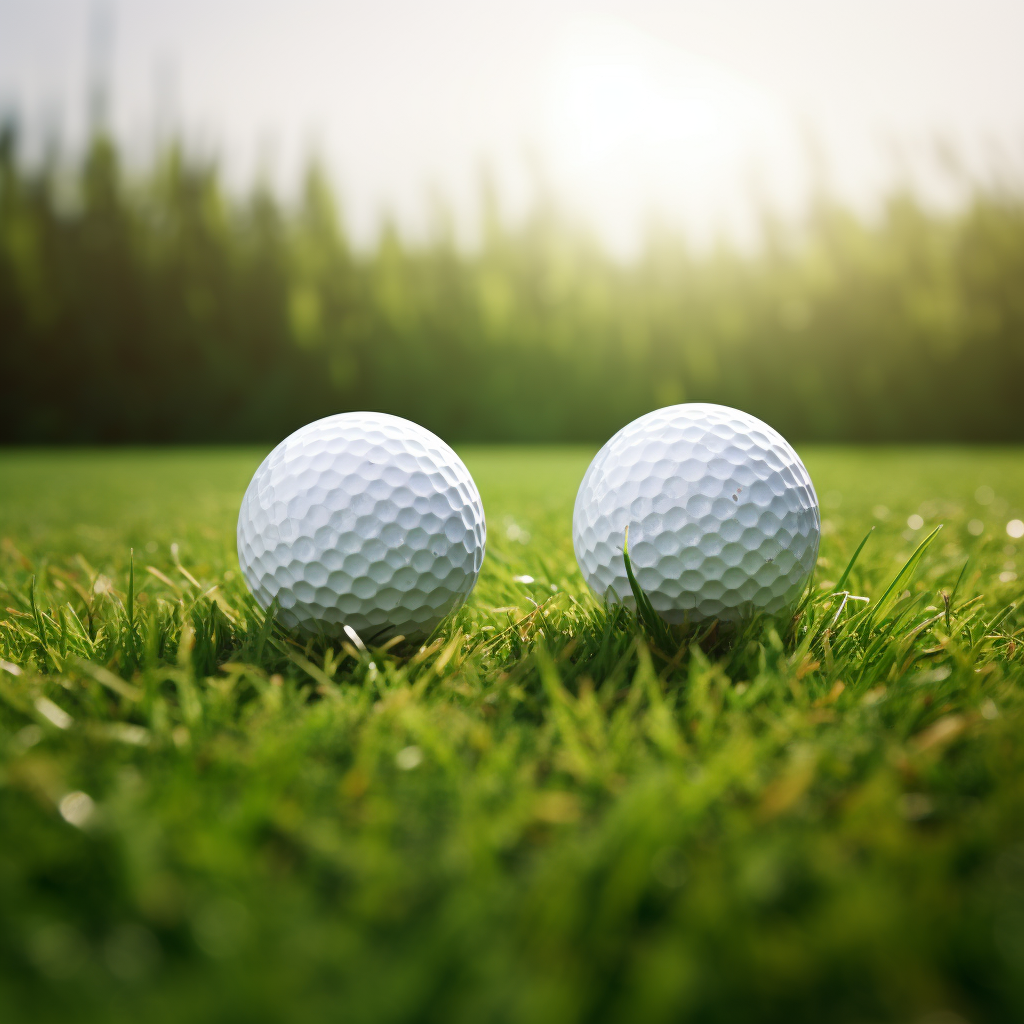
Why do Golf Ball Layers Matter?
Introduction
Golf, a sport steeped in tradition and precision, demands not only skill but also a deep understanding of its tools. One such tool, often overlooked, is the humble golf ball. You might be thinking, 'It's just a ball, right?' Well, not quite. The structure of a golf ball, particularly its layers, plays a pivotal role in the game. It's not just about hitting the ball; it's about how the ball reacts when hit.
The number of layers in a golf ball can significantly influence its distance, spin, and control. So, whether you're a seasoned pro or a newbie, understanding why golf ball layers matter can give you an edge on the green. In this article, we'll delve into the nitty-gritty of golf ball layers and their importance. So, buckle up and get ready for an enlightening journey into the world of golf balls!
Understanding Golf Ball Construction
Ever wondered why golf balls aren't as simple as they seem? Well, it's all about the layers, folks. Golf ball construction is a complex process, and each layer serves a unique purpose.
First off, let's break it down. Typically, golf balls are made up of one to five layers, each with a specific function:
- The Core: This is the heart of the ball. It's usually made of rubber and determines the ball's initial velocity.
- The Inner Mantle: This layer helps to control spin and provides more distance.
- The Outer Mantle: It aids in controlling the spin when you're hitting short irons.
- The Cover: This is the ball's outer skin, often made of urethane or ionomer. It affects the ball's feel, control, and durability.
Now, you might be thinking, "Why does this matter?" Well, the number and composition of these layers can significantly impact your game. They influence the ball's distance, spin, and feel. So, whether you're a seasoned pro or a newbie, understanding golf ball construction can help you choose the right ball for your style and skill level. After all, it's not just about hitting the ball; it's about how you play the game.
The Role of Golf Ball Layers in Performance
Each layer in a golf ball plays a unique role in determining the ball's performance.
- The Core: This is the heart of the golf ball. Typically made from synthetic rubber, the core is designed to provide explosive distance off the tee. The hardness of the core can influence the ball's speed and spin rate.
- The Mantle: Often referred to as the 'middle layer', the mantle works in tandem with the core to influence the golf ball's spin. A softer mantle can help to reduce spin for those long, straight drives, while a harder mantle can increase spin for better control around the greens.
- The Cover: The outermost layer, usually made from urethane or surlyn, impacts the feel of the golf ball. Urethane covers are typically softer, providing more spin and control for short game shots. Surlyn covers, on the other hand, are more durable and offer greater distance.
The layers of a golf ball work together to influence its overall performance. From the core to the cover, each layer has a part to play in your game. So, the next time you tee up, remember, it's not just a ball, it's a carefully engineered piece of equipment!
Types of Golf Balls Based on Layers
The first thing to understand is that golf balls aren't just a solid mass of rubber. They're actually composed of several layers, each with its own unique purpose.
- One-Piece Golf Balls: These are the simplest of all golf balls and are typically used on driving ranges. They're made from a solid piece of Surlyn with dimples molded into it, making them durable but not particularly high-performing on the course.
- Two-Piece Golf Balls: These are the most common type of golf balls used by the average golfer. They consist of a solid core, usually made of hard plastic, surrounded by a cover of Surlyn or urethane. These balls are known for their distance and durability.
- Three-Piece Golf Balls: Now, we're getting into the realm of the pros. These balls have a solid rubber or liquid core, a layer of enhanced rubber or liquid-filled layer, and a molded cover of durable Surlyn, urethane, or balata. These balls offer more control and spin than two-piece balls.
- Four-Piece Golf Balls: These balls are designed for serious golfers. They have a dual core, a mantle layer, and a cover. Each layer serves a specific purpose, from increasing distance to enhancing spin and control.
- Five-Piece Golf Balls: The crème de la crème of golf balls, these are the most complex. Each layer is designed to optimize performance in a specific area, such as distance, spin, or control.
The more layers a golf ball has, the more it can be fine-tuned for specific performance characteristics. So, the next time you're teeing off, remember, it's not just a ball, it's a carefully engineered piece of sports equipment. Now, isn't that something to ponder over your next putt?
How Layers Affect Golf Ball Performance
The number of layers in a golf ball can significantly impact its performance. It's not just a matter of aesthetics or a marketing gimmick; it's pure science.
First off, a one-layer golf ball, often referred to as a 'range ball,' is primarily used for practice. It's the simplest form of a golf ball and doesn't offer much in terms of control or distance.
Now, let's take a step up and look at two-layer golf balls. These balls are typically used by beginners and high-handicap players. They're designed to maximize distance, but they don't provide much spin or control around the greens.
Three-layer golf balls, on the other hand, offer a balanced blend of distance and control. They're a popular choice among intermediate players. The outer layer is designed for control and spin around the greens, while the inner layers help maximize distance.
Four and five-layer golf balls are where things get really interesting. These are the choice of the pros. The multiple layers allow manufacturers to fine-tune each layer's performance. The result? A ball that offers exceptional distance, control, and spin.
- The innermost layer, or core, is designed to provide distance and speed.
- The middle layers help control the spin rate, allowing skilled players to shape their shots.
- The outer layer is soft and thin, designed to provide control and feel around the greens.
The number of layers in a golf ball can significantly affect its performance. The right ball for you depends on your skill level and what you want from your game. Whether it's distance, control, spin, or a combination of all three, there's a ball out there with your name on it.
Choosing the Right Golf Ball for Your Game
Let's cut to the chase, shall we? Selecting the right golf ball for your game is no walk in the park. It's a decision that can make or break your performance on the green. But don't sweat it! Here are a few pointers to help you make an informed choice.
First off, consider your swing speed. If you're a speed demon with a swing speed over 105 mph, a multi-layered golf ball is your best bet. These balls have a soft outer layer and a hard inner core, providing a perfect balance of distance and control.
On the flip side, if your swing speed is on the slower side (below 85 mph), a two-layered ball will serve you well. These balls have a hard outer layer and a soft inner core, offering maximum distance with less spin.
Secondly, think about your skill level. If you're a pro, a multi-layered ball will give you the control and spin you need to make those tricky shots. But if you're a beginner, a two-layered ball will help you get the distance you need without worrying about spin control.
Lastly, consider the conditions you'll be playing in. If you're playing in windy conditions, a high-spin ball will help you cut through the wind. But if you're playing on a calm day, a low-spin ball will give you the distance you need.
Choosing the right golf ball is all about understanding your game and the conditions you'll be playing in. So take a moment, think about your needs, and choose wisely. After all, the right golf ball can be your secret weapon on the green!
Conclusion
The layers of a golf ball are the unsung heroes of your golf game. They're the secret sauce that can add distance to your drive, precision to your putt, and overall consistency to your game. Don't underestimate the impact of the core, mantle, and cover. Each layer has a unique role, working in harmony to optimize your performance. So, next time you're in the market for golf balls, remember - it's not just about brand or price. The layers matter, and choosing the right one could be the key to shaving strokes off your score.


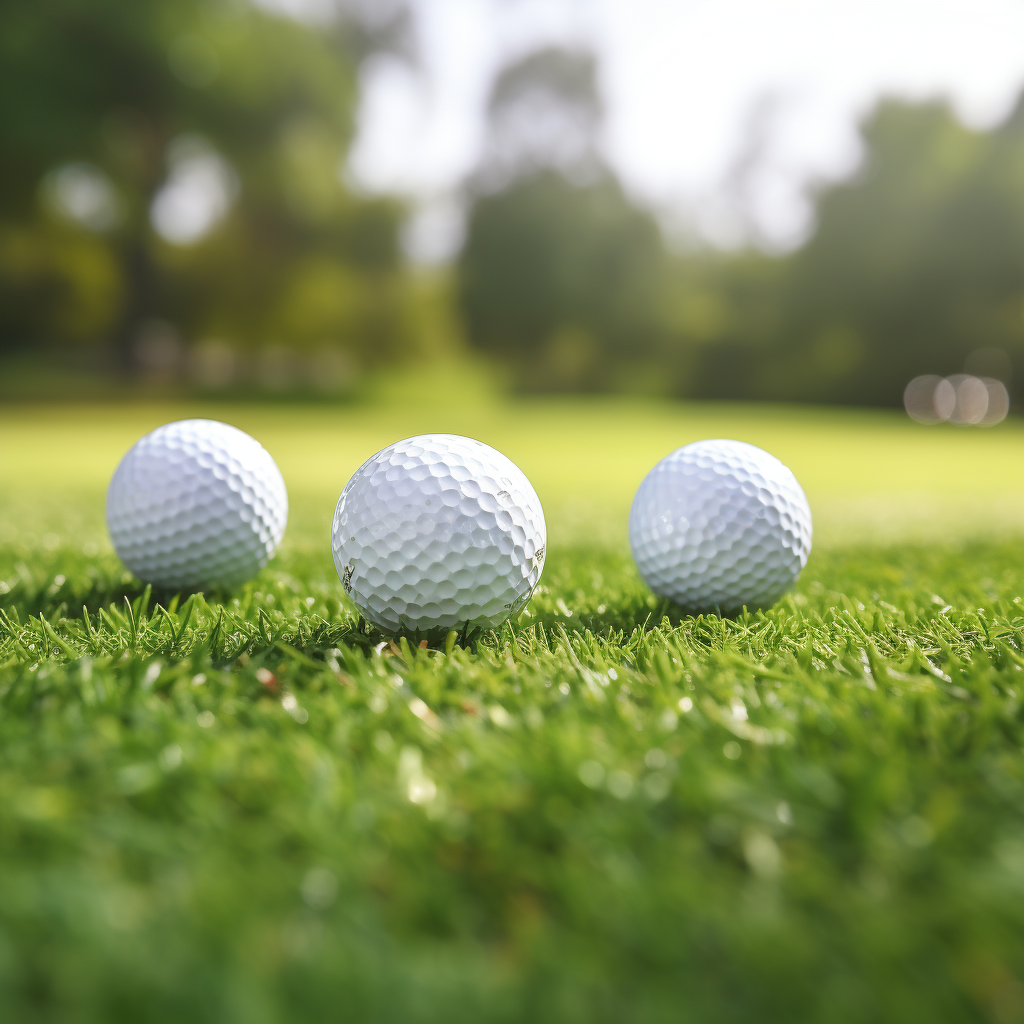
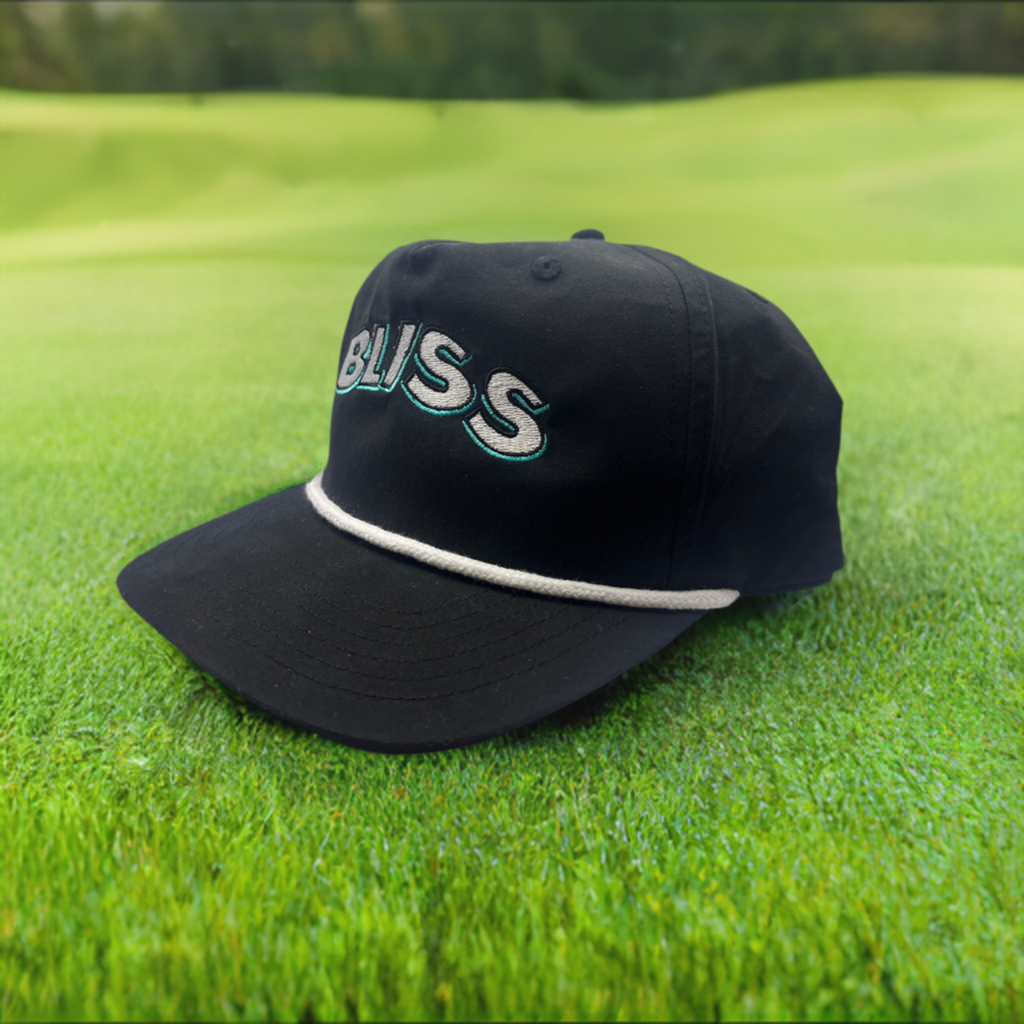
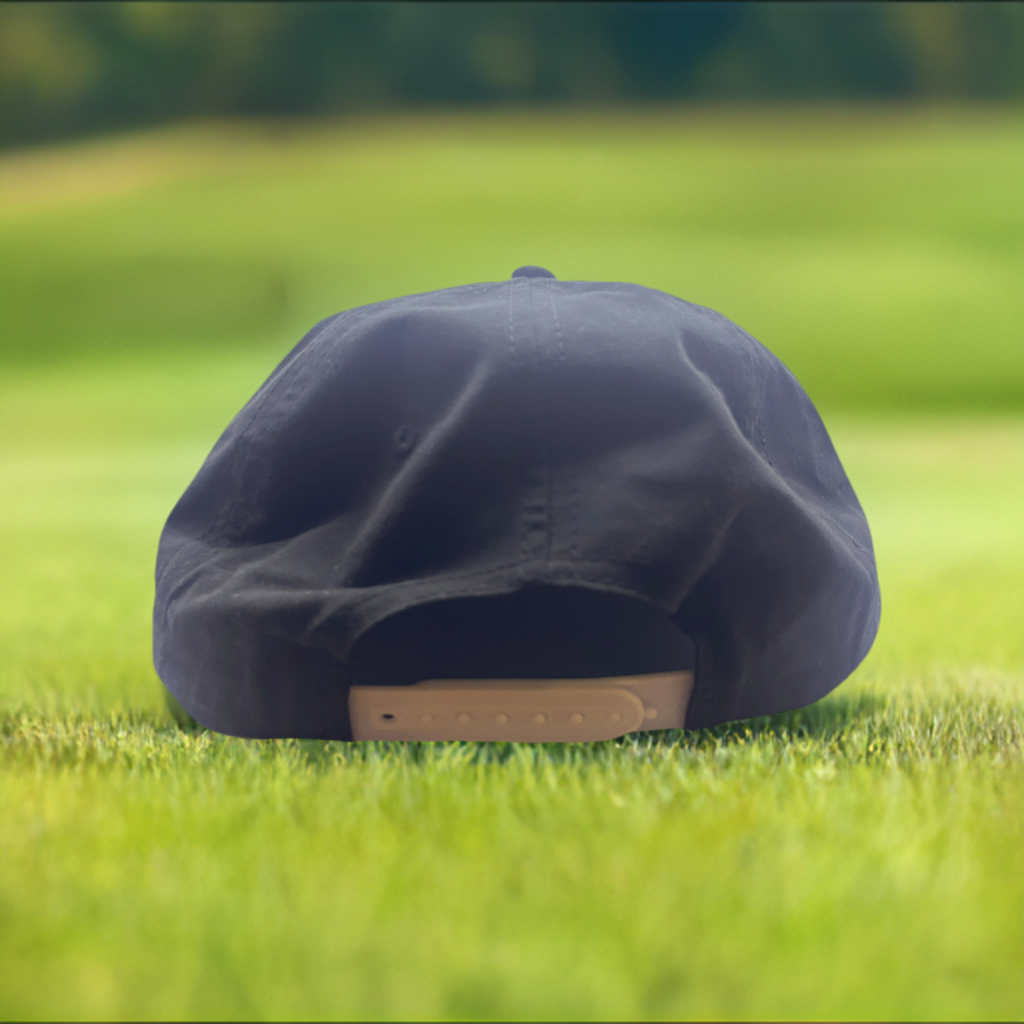
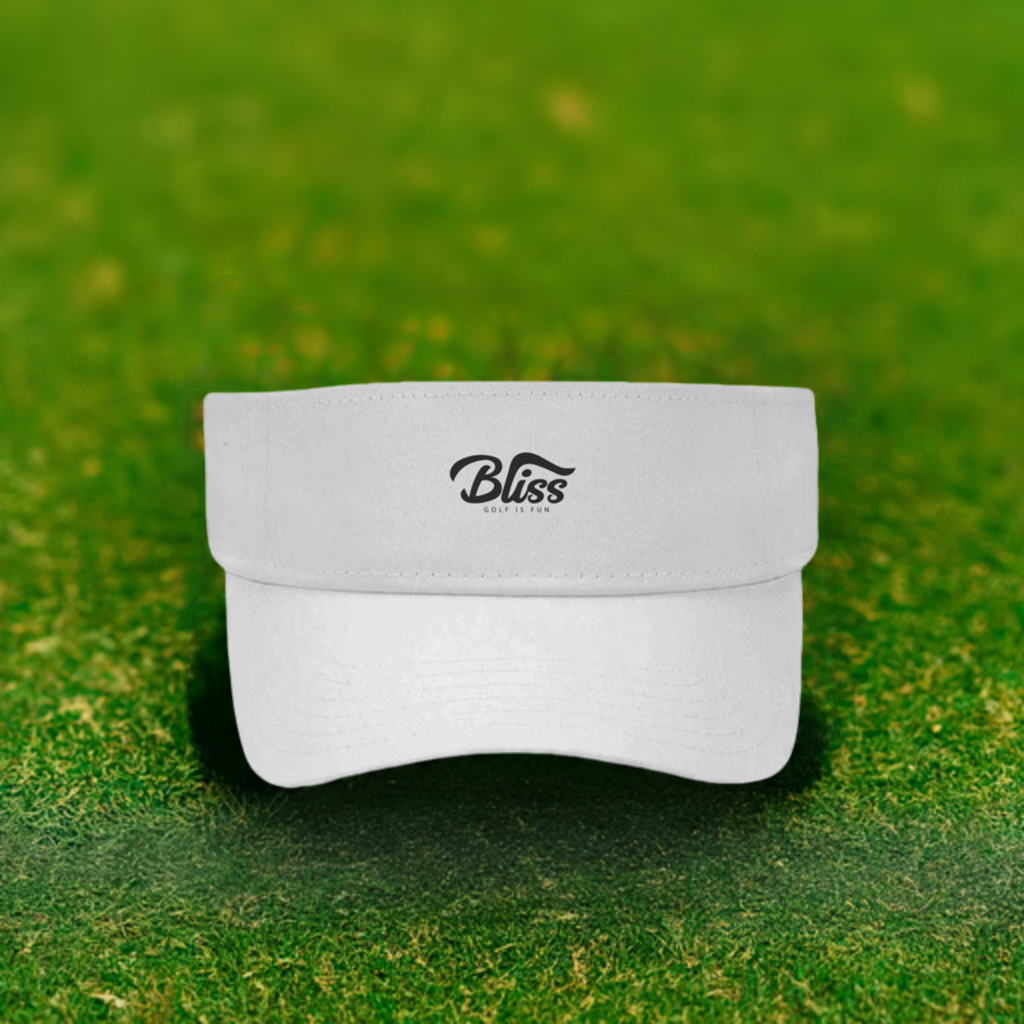
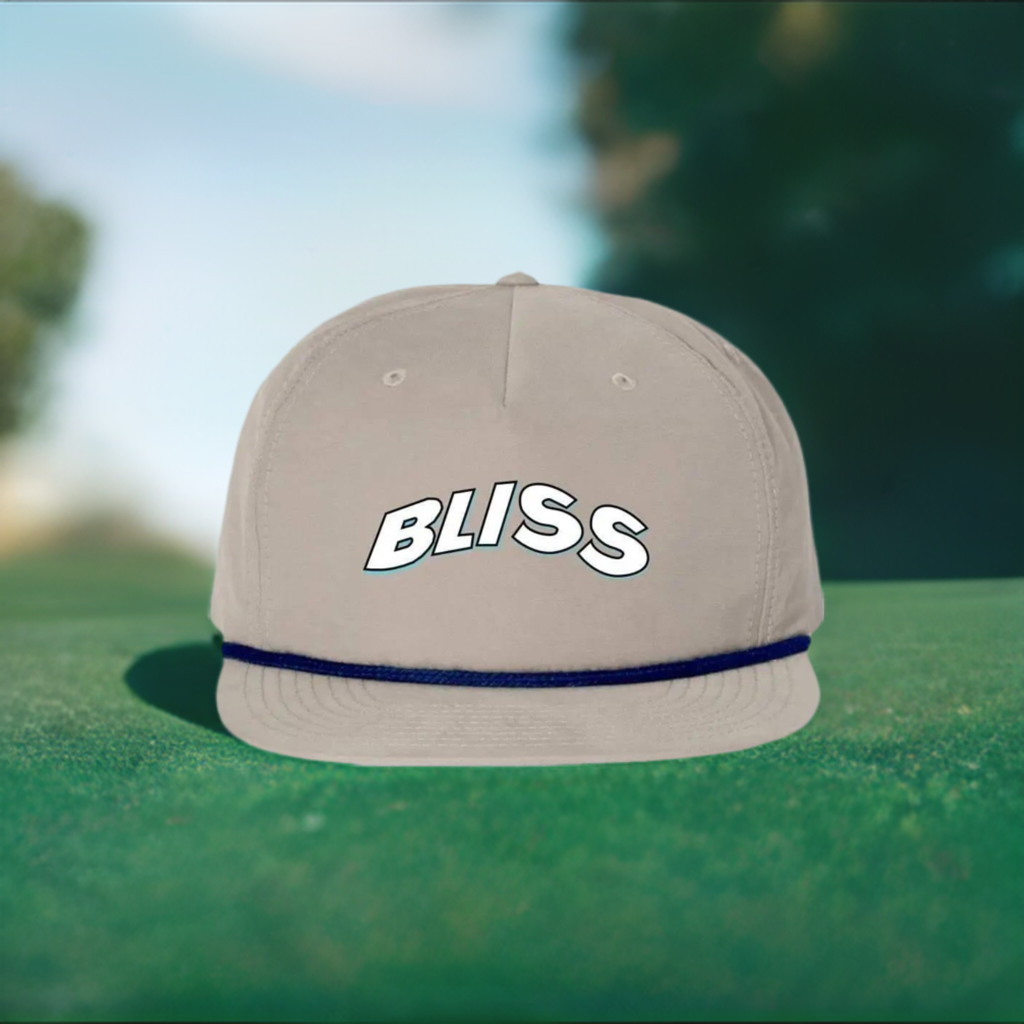
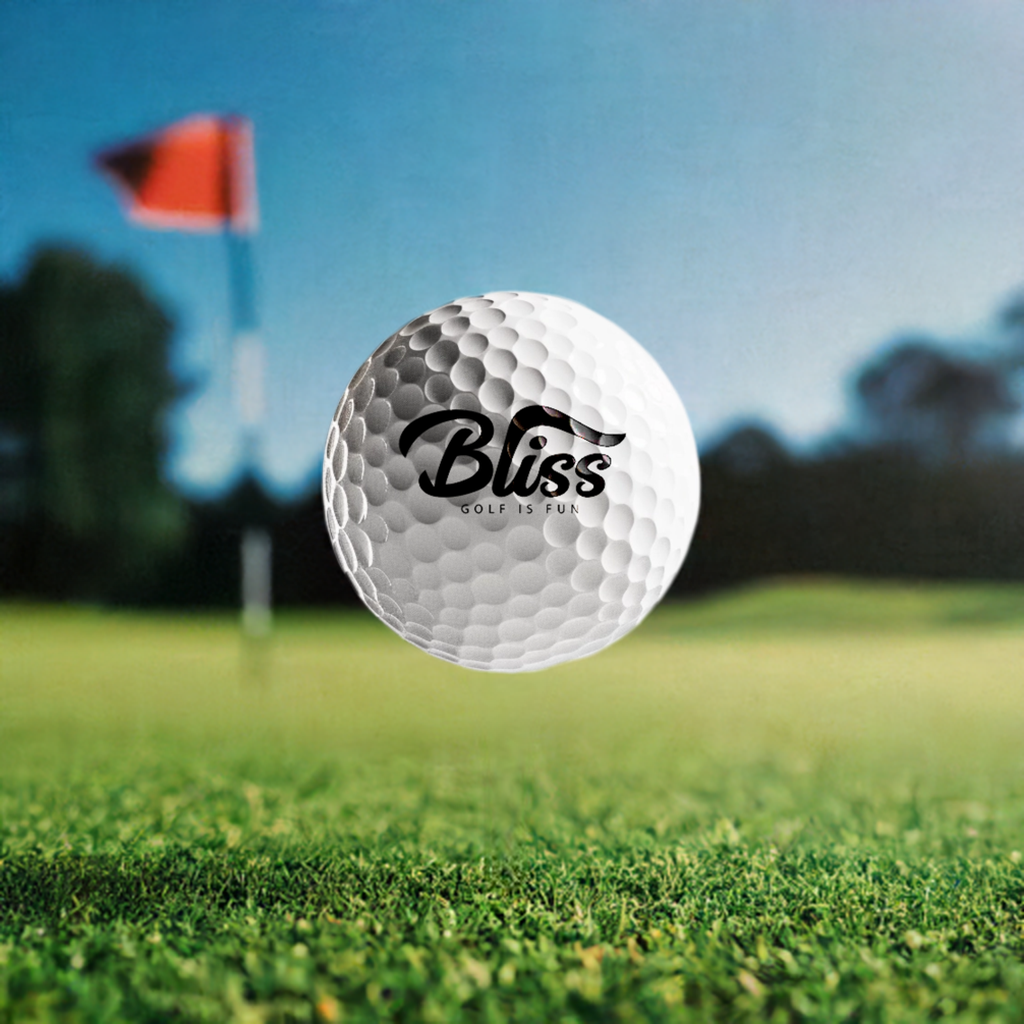
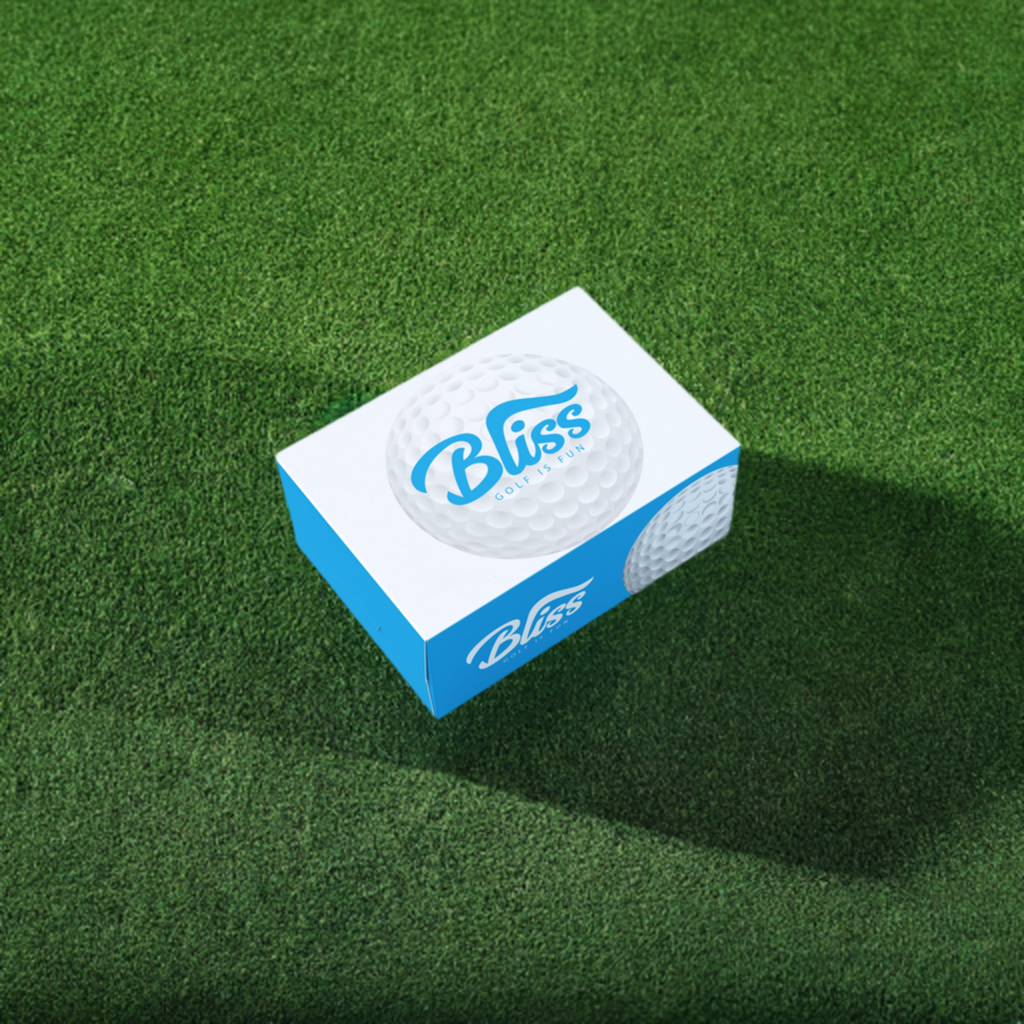

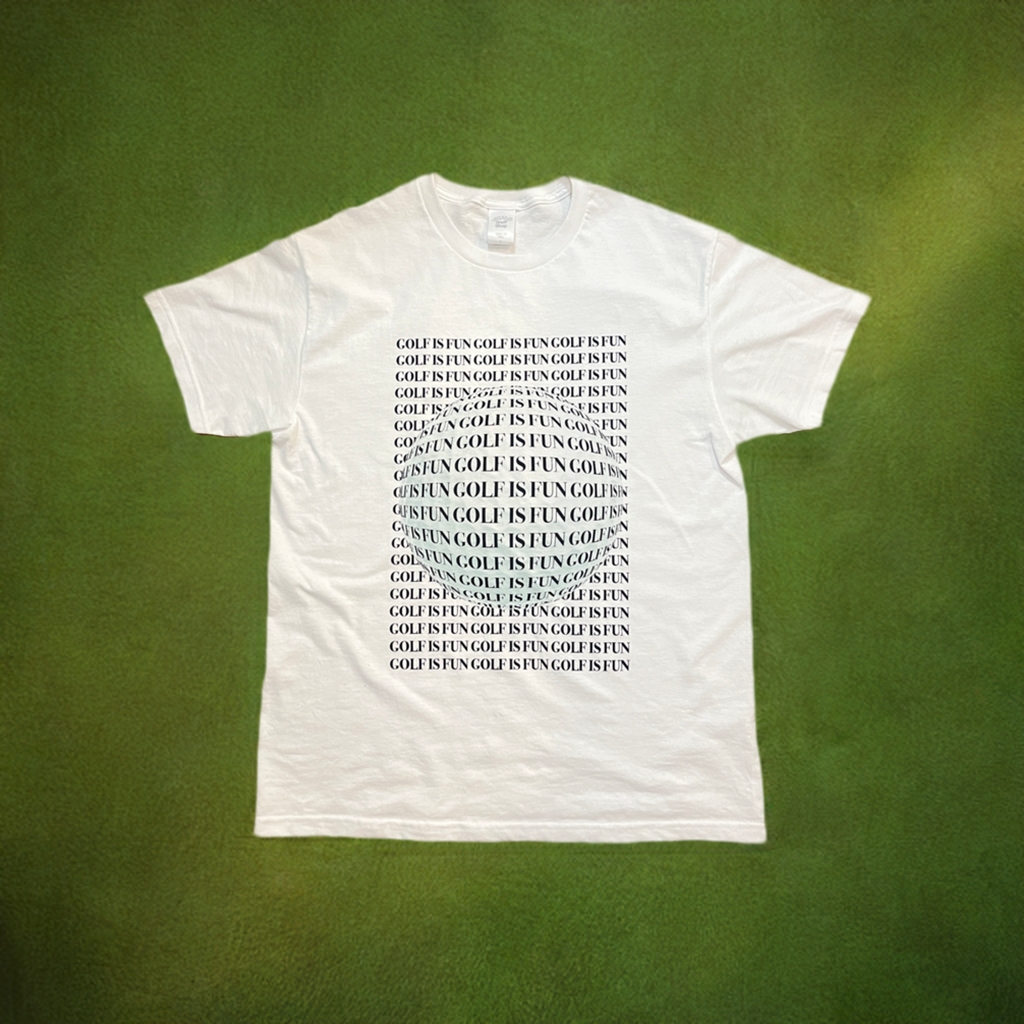
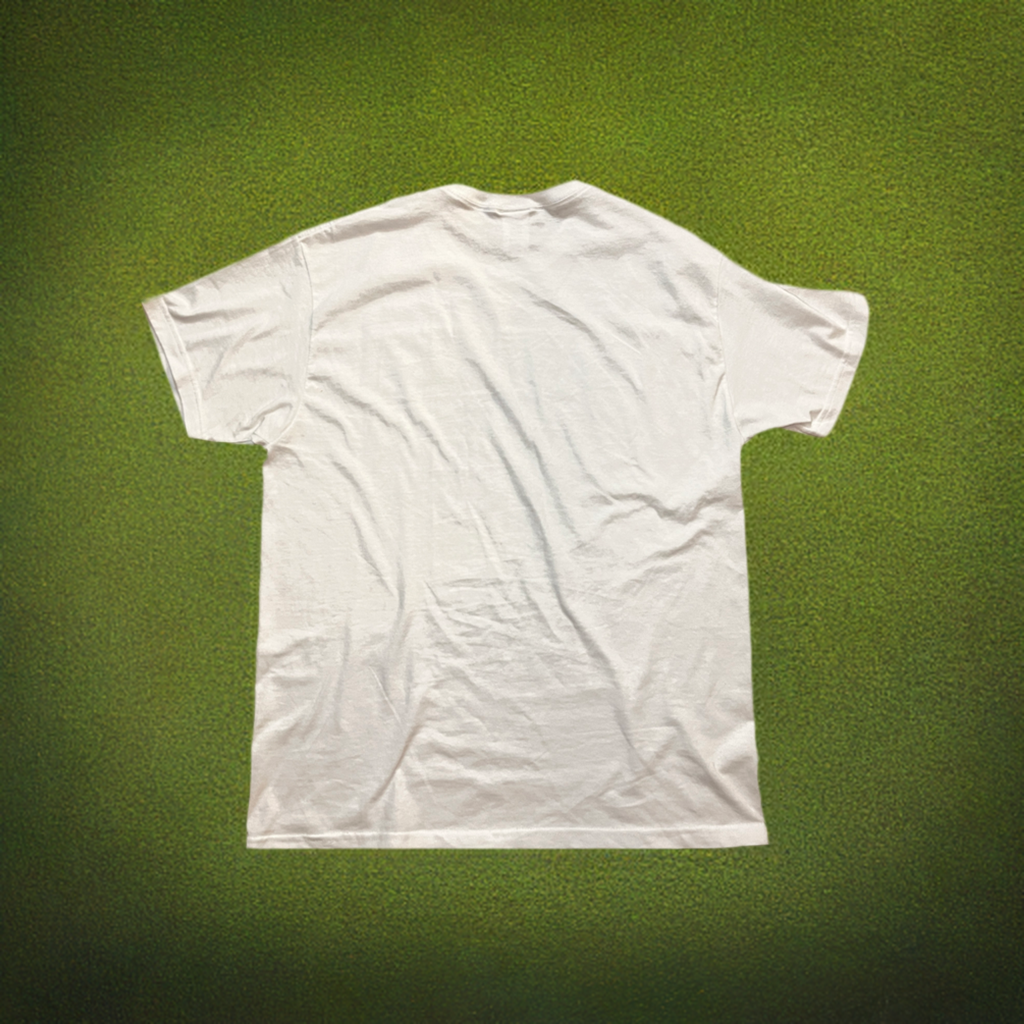

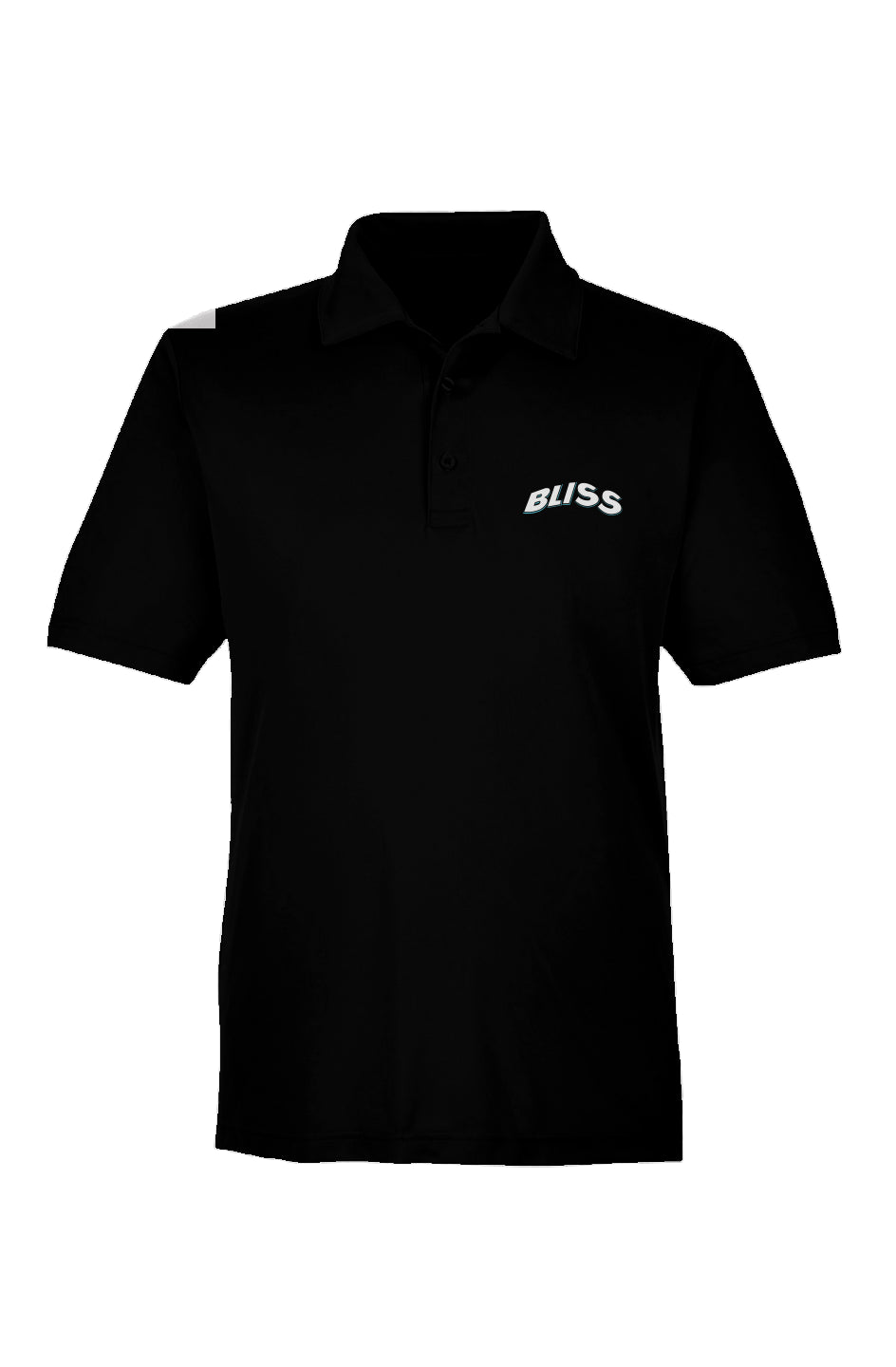


Leave a comment
This site is protected by hCaptcha and the hCaptcha Privacy Policy and Terms of Service apply.